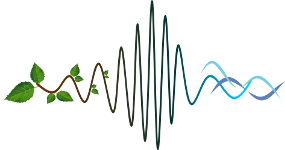Neural Information Processing Scaled for Bioacoustics bird challenge consisted in automatically identify 87 classes present in thousand audio recordings, collected in many places of Provence with Song Meter recorders. The difficulty of this task lies in the large number of classes, various background noises and simultaneously vocalising animals. Among 32 international teams, best Area Under the Curve score of the official benchmark has been 91.7%, which corresponds to a mean recall of 50% (all classes confunded).
Our objective is to increase performances to get an operationnal system. It implies to reach a 80 % mean recall.
For this, we decided to merge winning models of NIPS4B, test new improvements and add training databases : xeno-canto.org (161 605 recordings) and Animal Sound Archive (Natural History Museum of Berlin, 5 209 recordings).
We succeeded in increasing mean recall and precision. Plus, our recall and precision calculations are statistically solid: for each class, the number of test files is important and equivalent.
In february 2014, we began a twelve monthes continuous acoustic recording experience in 10 different sites: natural habitats (wetlands, oak groves, ... ) and semi natural habitats (melange between garrigue and grapevines) affected by anthropogenic activities whose some of them are suspected to be threats (windfirms) for avifauna. In conclusion, our algorithms are now enough good to:
- precisely measure temporal evolution of acoustic activity of 50 species of birds from Eastern Palaearctic. As far as we know, unbiased studies of daily and annual phenology of migratory and non migratory bird species are completely unseen. Plus, as we discriminate song and call for most of birds, we can monitore the calls/songs ratio during bird migration and the rest of the year.
- check efficacy of bird acoustic repellent systems for windfirms.
- Other

 PDF version
PDF version
